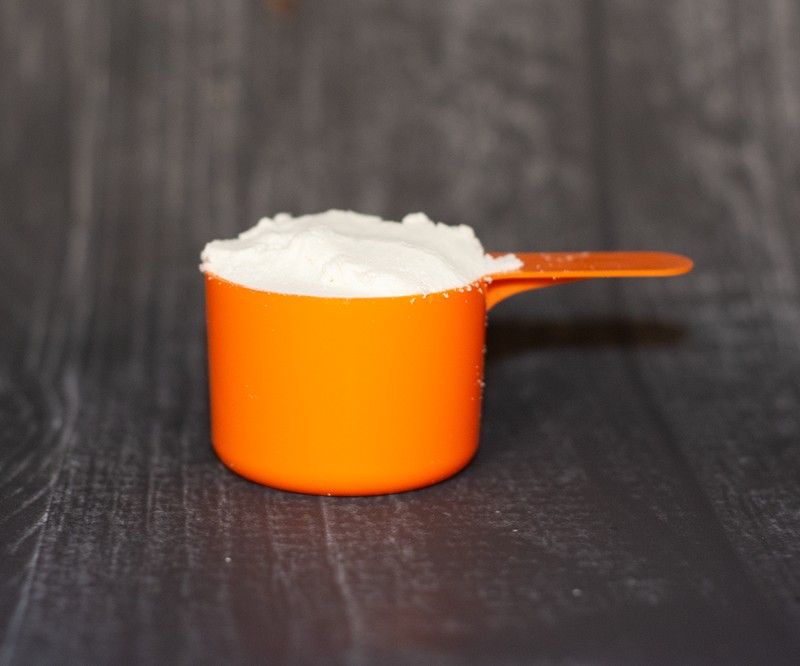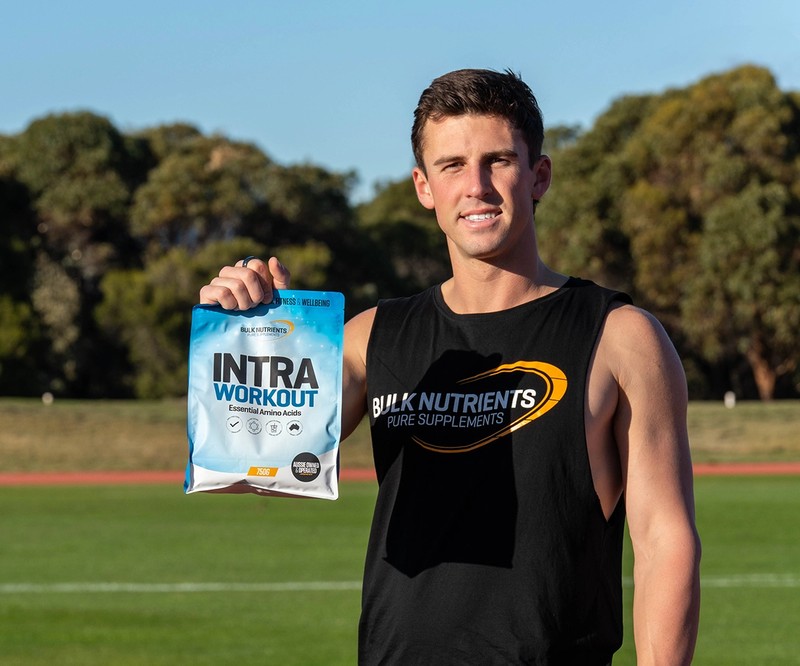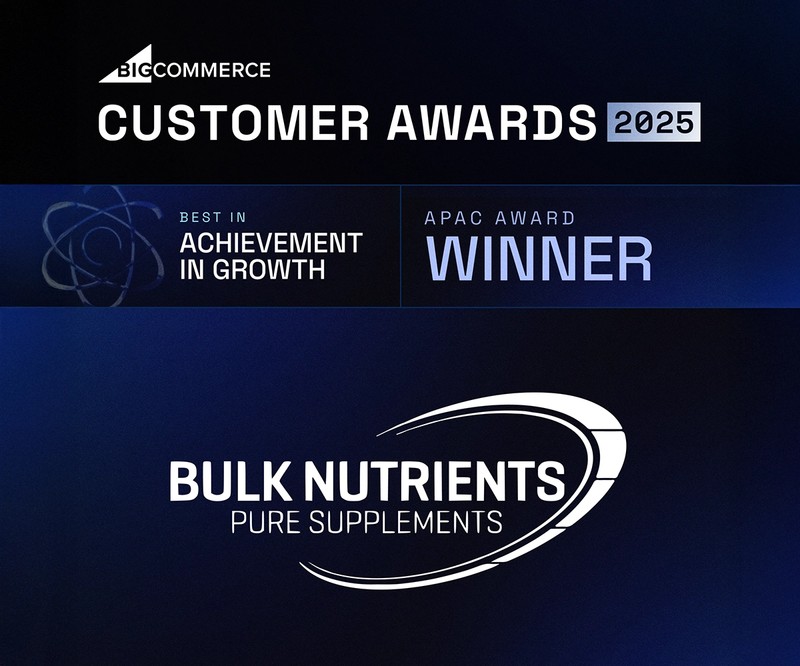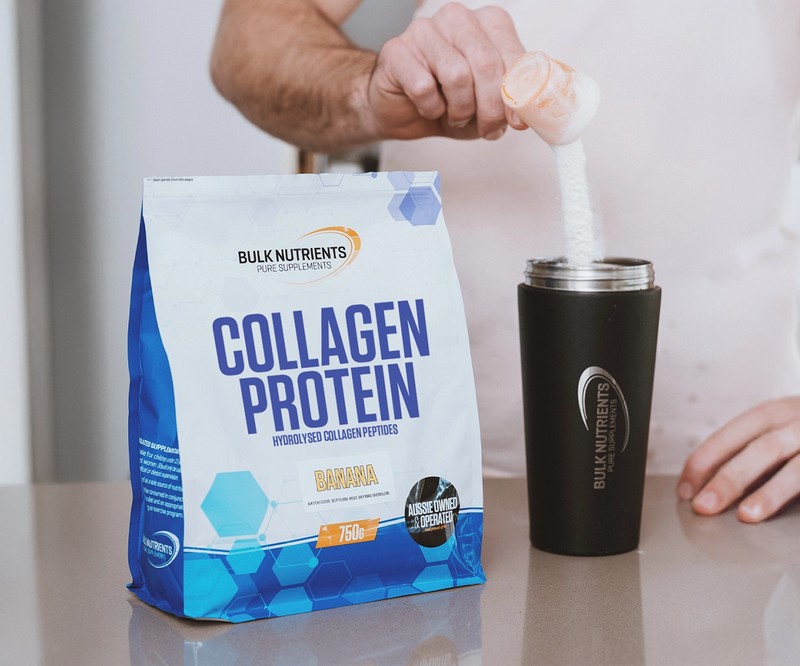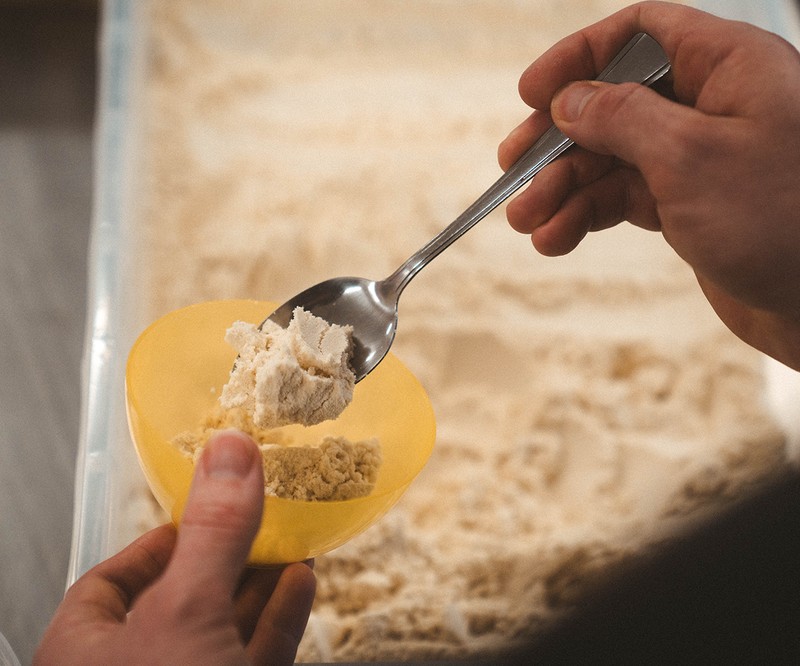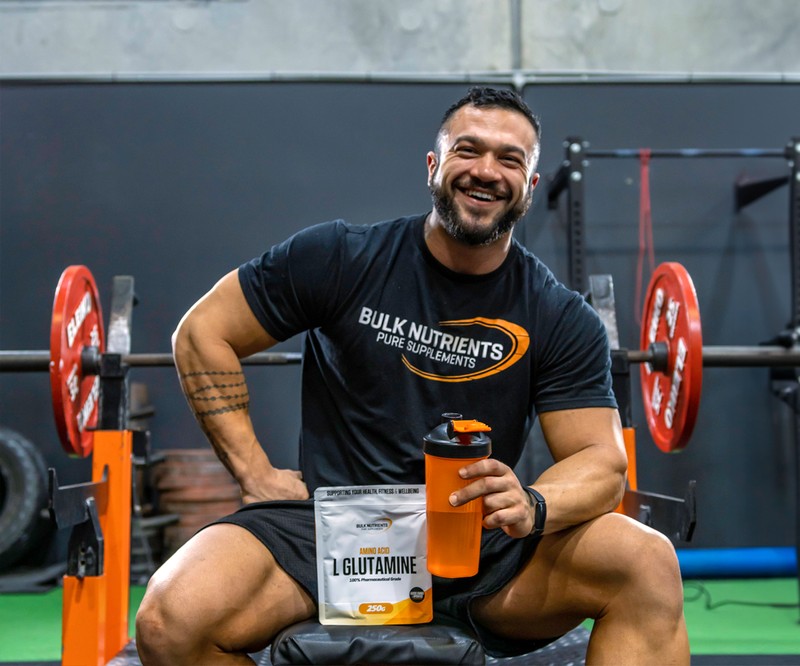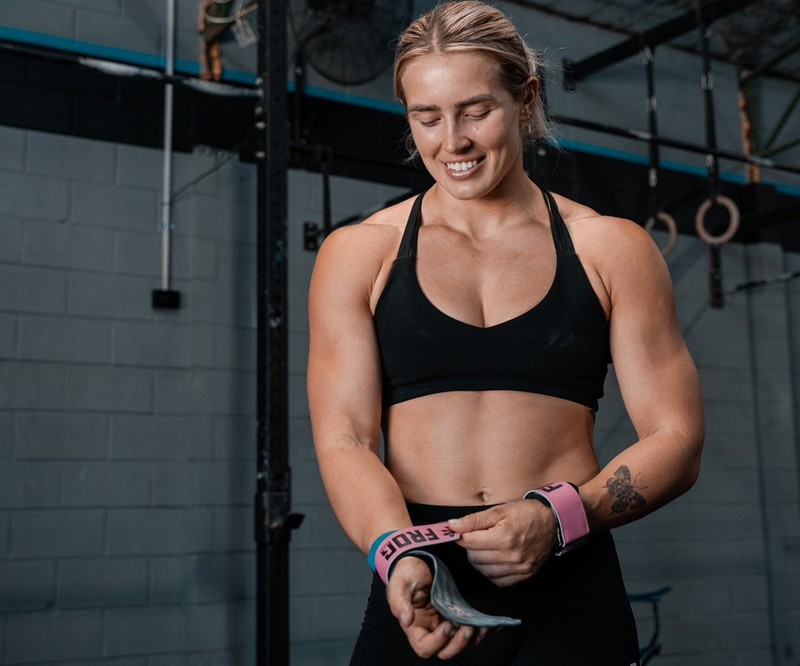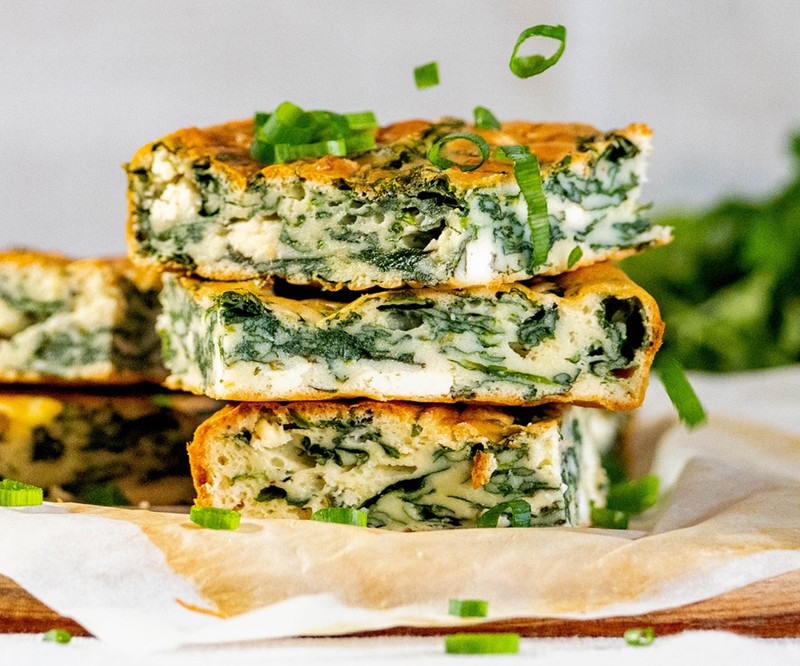How WPI Can Maximise Your Bulking Phase

First things first, what is a bulking phase?
A ‘bulk’ is classically known as a deliberate period of attempted weight gain, in a bid to build as much muscle as possible.
Some people misinterpret the term ‘bulking’, using it as an excuse to add excessive amounts of fat while gaining muscle, and subsequently proceeding to eat as much food as humanly possible with minimal regard to health, body composition or aesthetics (enter the dreamer bulk).
As long as the scale is moving in the right direction, the box is checked!
Most of us will be fairly familiar with the calorie balance concept. Meaning a calorie surplus is required to gain weight (including muscle), and a calorie deficit is required to lose weight (including fat).
Whilst we acknowledge that we do need to take in more calories than we are burning to build size if we take this calorie surplus too far…it’s unlikely to speed muscle gain up much, but it will absolutely speed the fat gain.
That excessive fat gain can be a momentous pain to diet off later on and can often result in a longer, more severe sustained calorie deficit, sometimes even resulting in muscle LOSS. If we end up dieting off that small potential extra muscle gain from a “dreamer bulk” just to get back in reasonable shape, what was the point?

When should you bulk?
There are generally four primary situations when you might consider jumping into a bulking phase.
- If your primary goal is to build muscle & strength.
- If you are a beginner lifter.
- If you are below 10% body fat as a male OR 20% as a female lean).
- If you have been training for more than 2 years and are not getting stronger or bigger!
Okay, I fit the criteria, now what?
Great, so you’ve decided you want to bulk. There are a few things you need to keep in mind:
- Ensure you are eating enough calories for a moderate amount of weight gain on the scale. I generally advise body weight gains of around 1% of your body weight per month or 0.25% of your body weight per week. So, if you’re an 80kg male lifter trying to bulk…shoot for 200g gains per week on the scale, or 800g per month. This tends to be a rate that delivers a decent amount of muscle gain over time, with minimal fat gain!
- Ensure you’re training hard, with most sets 1-4 reps from failure, over a variety of rep ranges.
- Ensure you’re getting in a good amount of quality protein, evenly spread throughout the day.
Around 2g of protein per kg of body weight per day is what you’ll need for your bulk, assuming it is coming from complete protein sources i.e., animal-sourced products. If you are vegetarian or vegan, shoot for 2.5-2.75g per kg of body weight daily. You also want to split this protein into 4-6 even servings daily. So, let’s take our 80kg lifter example, he could eat 4x 40g servings of protein, evenly spread throughout the day, to reach 160g of protein daily (2g per kg!) and to maximise his bulk!

Why is whey protein isolate one of my best options for hitting this protein target?
Compared to other protein sources, WPI has one of the best protein quality profiles out there. It has high bioavailability, high solubility and is packed with branched-chain amino acids, particularly leucine.
In many research studies, findings show that when combining WPI with weight training, muscle gains tend to be enhanced in both trained, and non-trained individuals. In one meta-analysis (a study of studies), adding WPI supplementation to a weight training routine for 6 weeks increased muscle gains by an average of 27%!
Love a good bulk? Check out our Oreo Bulking Bar Recipe!
The most basic form of whey protein is a whey protein concentrate, which is produced when milk is coagulated using added enzymes and acids to separate the curds and the whey. Taking it a step further, filtration and drying processes result in a whey protein concentrate containing up to ~90% pure protein.
But we don’t stop there.
Additional processes such as ion-exchange chromatography and selective elution can be used to further purify the whey concentrate into a WPI containing more than 90% pure protein, with extremely low levels of fat and lactose (the lactose intolerant among us rejoice).
This means that a WPI has faster uptake and availability of amino acids, with a corresponding hormonal response resulting in a potent stimulus on muscle protein synthesis.
Many researchers have suggested that these advantages of WPI may contribute to optimising the muscle hypertrophic response to training when consumed close to the training bout (e.g., more muscle!).

You can’t build a house with missing bricks
Just like you can’t build a house without all the bricks, you can’t build a new muscle protein without all the materials. The materials (or bricks) that we need for building muscle are known as essential amino acids or EAAs.
EAAs are also referred to as indispensable amino acids because they can’t be synthesised in the body, they need to be consumed. A protein source is considered a COMPLETE protein source when all 9 ESSENTIAL amino acids are present. Here’s the good news, WPI is a complete protein source, which means all the materials (the 9 EAAs) needed to build the house (the new muscle) are provided.
In general, most vegetable/plant-based proteins are INCOMPLETE proteins, meaning they lack or contain very low amounts of one or more of the EAAs, which means building that house can be a challenge!
When the same amount of protein is consumed, WPI provides more EAAs including leucine (important for turning the protein synthesis machinery on) compared with both animal proteins (egg, beef, casein) and plant-based proteins (pea and rice).

Shakes for gains
Previous research shows that as your training experience increases, the more important protein supplementation is to maximise the muscle growth response. While 1.6-2.2 g of total protein consumed per day is a key factor in allowing a person to grow muscle after their training, going further beyond that intake by adding shakes on top, probably won’t provide any extra gains.
However, using shakes to make sure you are always on the upper limit of that protein intake range can provide some serious benefits over time. Let’s not forget, a potential slight improvement in muscle mass gains with higher protein intake will be worth it for most serious trainees.
For an advanced 80kg male trainee, meta-analysis suggests that an extra 2-4% muscle gain can be achieved by using WPI supplementation for 6-12 weeks. 2-4% doesn’t sound like much, but that’s an extra ~1.6-3.2 kg in a short period of time, who wouldn’t want those sorts of numbers?
Integrating WPI into your usual diet certainly represents a cost-effective, convenient, high-quality protein with a complete EAA profile to get the most bang from your training buck. If you find yourself struggling to reach the lower limit of 1.6 g of protein per kg of body weight daily using chicken and eggs…investing in a WPI supplement could be enormously helpful.
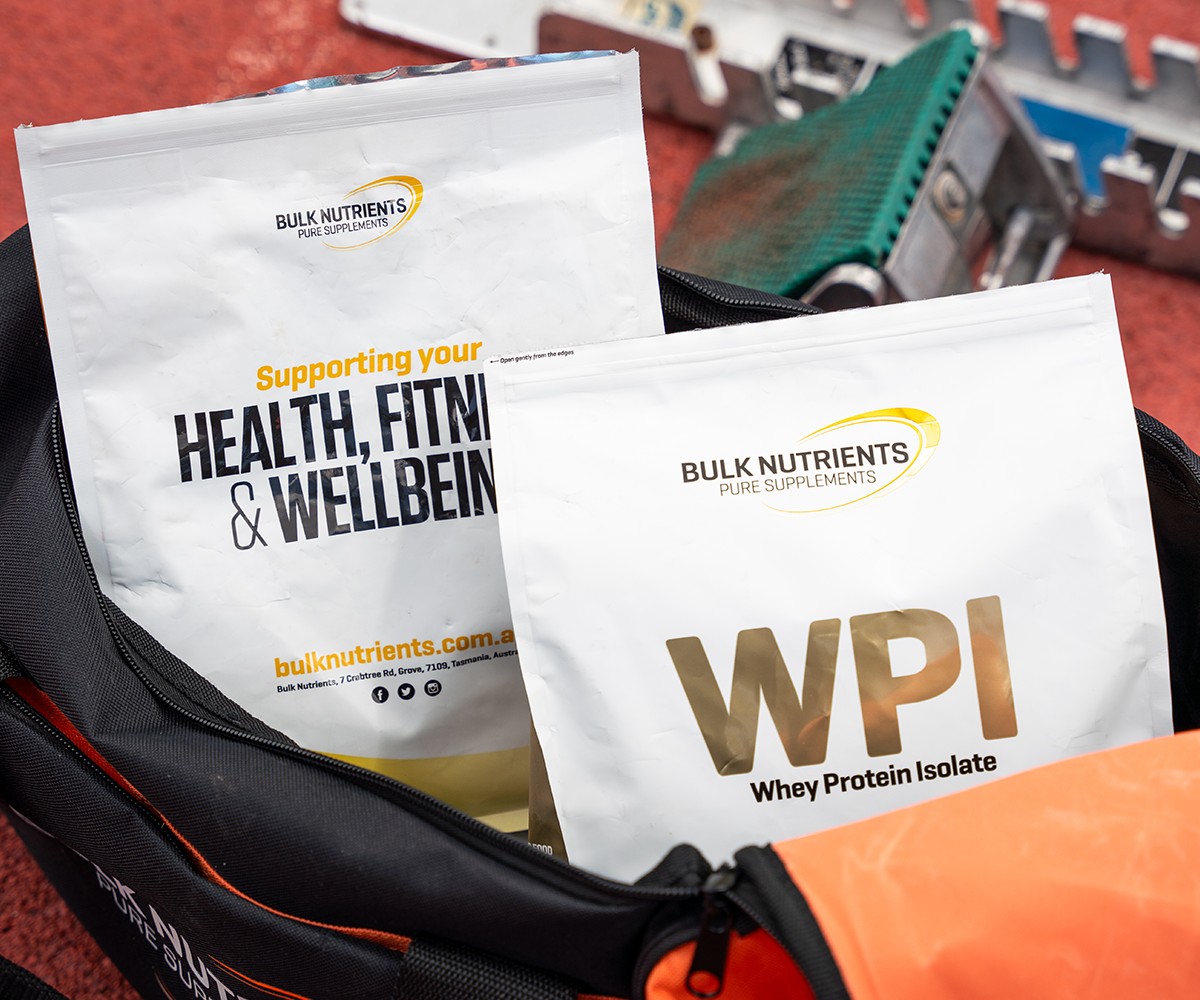
Combining WPI with other supplements
Combining carbohydrates with WPI has been shown to increase glycogen resynthesis (important for performance and muscle protein synthesis), muscle cell hydration, and muscle protein balance, compared to consuming WPI alone!
This is likely due to a hormonal response from the addition of carbohydrates, causing a stronger anabolic signal in the muscle.
Adding Creatine Monohydrate to your WPI is also super convenient and helps avoid that pesky 5g scoop getting forgotten!
In fact, a recent study showed that adding 5g of creatine monohydrate to whey protein increased muscle growth more than consuming the WPI alone. So, mix them up together to really get a muscle gain edge.

For the TLDRs
- The current research supports the use of WPI supplementation for muscle growth. If you’re having less than 1.6 g of protein per kg of body weight per day, then increasing your intake by adding WPI shakes can make a huge difference.
- Many protein sources (particularly plant-based proteins) are low in EAA and leucine content. WPI contains all required EAAs to build new muscle protein, and is high in leucine content, meaning WPI may be more appropriate for favouring training adaptations!
- Close to exercise, large bolus doses of protein may help to optimally stimulate muscle protein synthesis. Consuming large amounts of protein from chicken or steak can be challenging! WPI can be a quick save in these situations.
- Extra muscle gain benefits may be achieved when combining WPI with carbohydrate or creatine monohydrate supplements.

Jackson Peos
Jackson Peos has completed a PhD at the University of Western Australia, and has a straightforward approach to nutrition and supplements.
He's completed his BSc in Sports Science, and Exercise & Health, and his BSc (Hons) in Exercise Physiology.
References:
- Battermann W. Whey protein for athletes. Dtsch Milchwirtschaft. 1986;37(33):1010–1012.
- Naclerio F, Larumbe-Zabala E. Effects of whey protein alone or as part of a multi-ingredient formulation on strength, fat-free mass, or lean body mass in resistance-trained individuals: a meta-analysis. Sport Med. 2016;46(1):125–137. doi:10.1007/s40279-015-0403-y
- Phillips SM. The impact of protein quality on the promotion of resistance exercise-induced changes in muscle mass. Nutr Metab. 2016;13:64. doi:10.1186/s12986-016-0124-8
- Cermak NM, Res PT, de Groot LC, Saris WH, van Loon LJ. Protein supplementation augments the adaptive response of skeletal muscle to resistance-type exercise training: a meta-analysis. Am J Clin Nutr. 2012;96(6):1454–1464. doi:10.3945/ajcn.112.037556
- Phillips SM. Dietary protein requirements and adaptive advantages in athletes. Br J Nutr. 2012;108(Suppl):S158–67. doi:10.1017/S0007114512002516
- Devries MC, McGlory C, Bolster DR, et al. Protein leucine content is a determinant of shorter-and longer-term muscle protein synthetic responses at rest and following resistance exercise in healthy older women: A randomized, controlled trial. Am J Clin Nutr. 2018;107(2):217–226. doi:10.1093/ajcn/nqx028
- Burke DG, Chilibeck PD, Davidson KS, Candow DG, Farthing J, Smith-Palmer T. The effect of whey protein supplementation with and without creatine monohydrate combined with resistance training on lean tissue mass and muscle strength. Int J Sport Nutr Exerc Metab. 2001;11(3):349–364. doi:10.1123/ijsnem.11.3.349
- Biolo G, Tipton KD, Klein S, Wolfe RR. An abundant supply of amino acids enhances the metabolic effect of exercise on muscle protein. Am J Physiol Metab. 1997;273:E122–E129. doi:10.1152/ajpendo.1997.273.1.E122
- Morton RW, McGlory C, Phillips SM. Nutritional interventions to augment resistance training-induced skeletal muscle hypertrophy. Front Physiol. 2015;6:245. doi:10.3389/fphys.2015.00245
- Jager R, Kerksick CM, Campbell BI, et al. International society of sports nutrition position stand: protein and exercise. J Int Soc Sport Nutr. 2017;14:20. doi:10.1186/s12970-017-0177-8
- Hulmi JJ, Lockwood CM, Stout JR. Effect of protein/essential amino acids and resistance training on skeletal muscle hypertrophy: A case for whey protein. Nutr Metab. 2010;7:51. doi:10.1186/1743-7075-7-51






